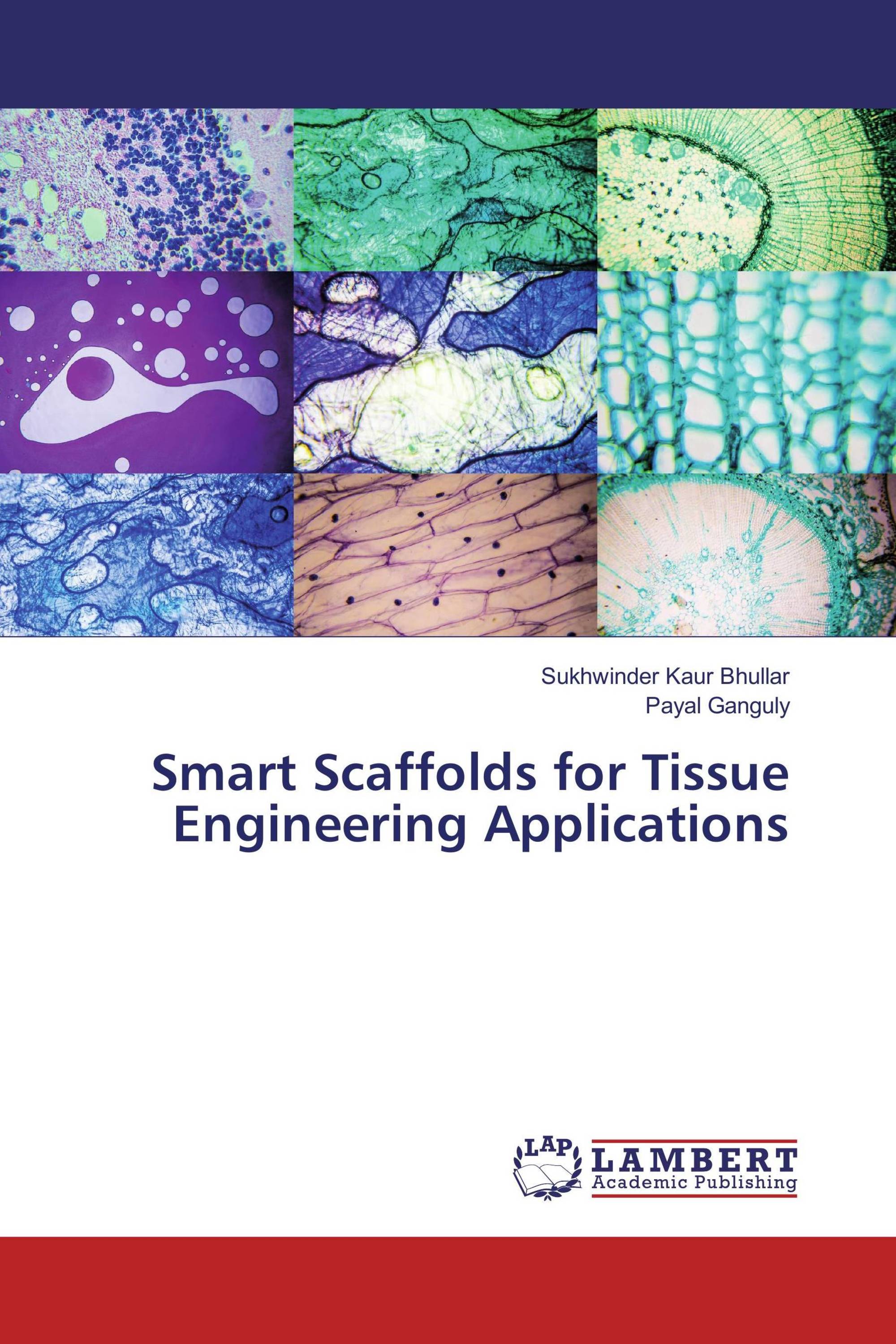

In the same model, collagen scaffolds seeded with human adipose-derived stem cells (ASCs) produced greater increases in vascular volume than did cell-free collagen scaffolds (42.9±4.0 μL in collagen scaffold with human ASCs vs 25.7☑.9 μL in collagen scaffold alone p<0.05, n = 4). Vascular volume of the resulting constructs was greater than the vascular volume of constructs from chambers implanted with fibrinogen gel alone (42.7±5.0 μL in collagen scaffold vs 22.5☒.3 μL in fibrinogen gel alone p<0.05, n = 7). Angiogenic sprouts from the femoral vessels invaded throughout the scaffolds and these degraded completely after 4 weeks. Collagen scaffolds, impregnated with human fibrinogen gel, were implanted subcutaneously inside a chamber enclosing the femoral vessels in rats. In vivo, after subcutaneous implantation in mice, cell-free collagen scaffolds were vascularized by host neovessels, whilst a gradual degradation of the scaffold material occurred over 8 weeks. In vitro, scaffolds seeded with primary human microvascular endothelial cells suspended in human fibrin gel formed CD31 positive capillary-like structures with clear lumens.

Collagen scaffolds were synthesized from type I bovine collagen and have a uniform pore size of 80 μm. Here, we describe a porous 3-dimensional collagen scaffold material that supports capillary formation in vitro, and promotes vascularization when implanted in vivo.


 0 kommentar(er)
0 kommentar(er)
